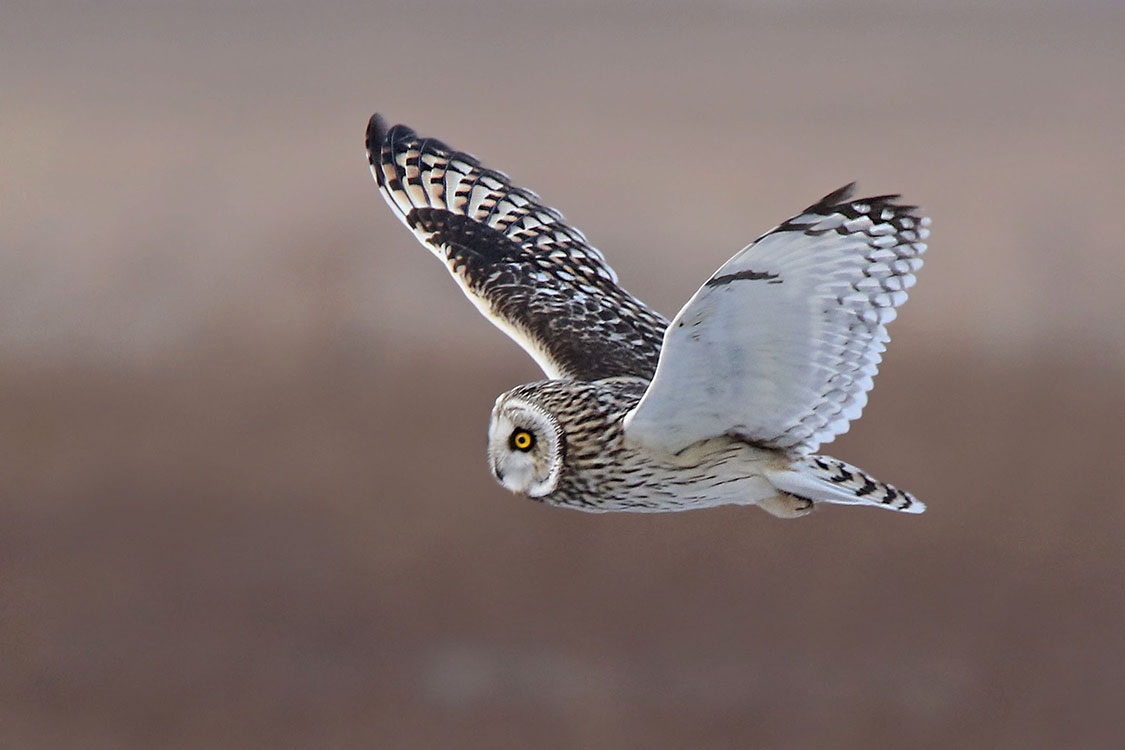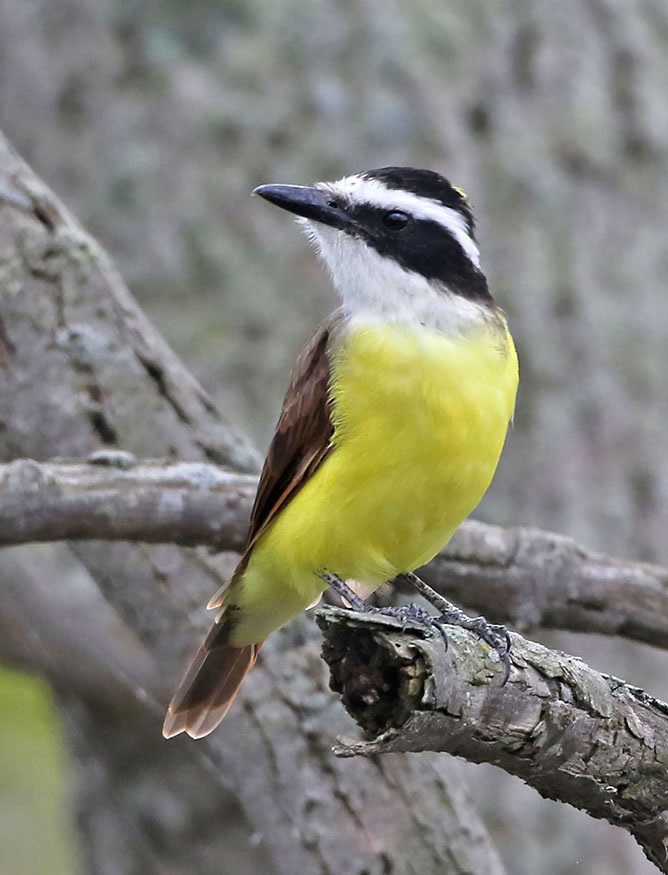Birding
By Brian Morin
Is not always easy
Who hasn’t gazed at a hawk soaring effortlessly in the sky and thought how nice it would be to have that freedom, but in reality, it’s tough being a bird. There is a definite pecking order, with predatory species like hawks, eagles and owls at the top and small songbirds at the bottom. Regardless of their place in the order, however, each species has its challenges to face as they fill their roles in the natural scheme of things.

Warblers, sparrows, swallows and a host of other songbirds have large populations, ensuring that enough survive to keep the species in balance. Those at the top of the food chain, like eagles, have much smaller populations but these too have enough to maintain an optimal balance as they deal with their own set of conditions.
When it comes to predators, smaller birds need to keep both eyes open and apply skills they have acquired over the years. Those who watch or photograph birds know that it is usually more difficult to approach adults than immatures. Unlike adults, young birds have not acquired the knowledge that will tell them when they just need to be cautious and when they need to fear.
Hawks, on the other hand, spend much of their time looking for the next meal. Whether it is a bird, an animal or even a large insect, they focus on an unsuspecting target and with luck, they will be able to catch their prey. When it comes to bird or mammal subjects, more often than not the hawk will fail in its attempt and have to try again, sometimes repeatedly. That’s good for the prey and not so good for the pursuer.
Some species seem to have an advantage, being more successful than others of their kind. The Short-eared Owl will hunt at any hour of the day or night if it is hungry, although it prefers to be active at dusk and dawn, while a bird like the Great Horned Owl is exclusively a night stalker. The Short-eared is very agile, flying over fields and has proven itself to be a skilled hunter. I’ve watched one catch several meadow voles in the space of 10 minutes. By comparison, a Great Horned Owl can take a rabbit or grouse and have a substantial meal without expending as much energy.
While not all birds migrate, most do and that brings with it a high risk. Weather is always an issue, with storms being the most serious concern. Birds can be blown off course, sometimes by hundreds of kilometres. On occasion, it can be a few thousand.

Some of our rare birds have travelled incredible distances, delighting birders who have a chance to observe species that should never be seen in our province. The Great Kiskadee that was discovered in Rondeau Provincial Park in the fall of 2018 was a new species for Canada, attracting birders from across Ontario, Quebec and neighbouring states. It remained for a few months but in the end, likely succumbed to harsh winter weather and died of starvation if not the cold. This bird did not plan to travel to Canada, or anywhere for that matter, but was likely pushed along by a storm and had no instinct to migrate back to its closest possible habitat, in southern Texas. It could even have come from Mexico.
When migrants reach their winter destination, anywhere from a few hundred kilometres south all the way to southern South America, they must fit into habitat already occupied by local birds. There is always competition for food and a new set of predators to deal with. Then, in spring, they must retrace their steps and endure weather hardships, often a shortage of food, especially as they near their destination, and even exhaustion. Many don’t make it back but enough do to keep the species going. It’s nature’s way.
There are other factors that birds have to deal with and these include one of the most dangerous predators of all, particularly for songbirds—cats. Our feline friends, allowed to run wild rather than being kept indoors, kill an estimated one to four billion birds each year in the U.S. alone. There are almost 100 million cats involved there and a single, highly efficient predator can kill over 100 birds in a day. According to the International Union for Conservation of Nature (IUCN), domestic cats are one of the world’s worst non-native invasive species. Canadian numbers are lower but in southern Canada cats still account for a significant number of bird deaths.
Changing attitudes can take a lifetime but if we are concerned about why there are fewer birds than there were 50 years ago, we need to first look at how we are contributing to the problem. It is not all about climate.
Brian Morin is the publisher of Ontario Birding News, a newsletter for birding enthusiasts. He has been actively involved in watching and photographing birds in Ontario for more than 40 years.






